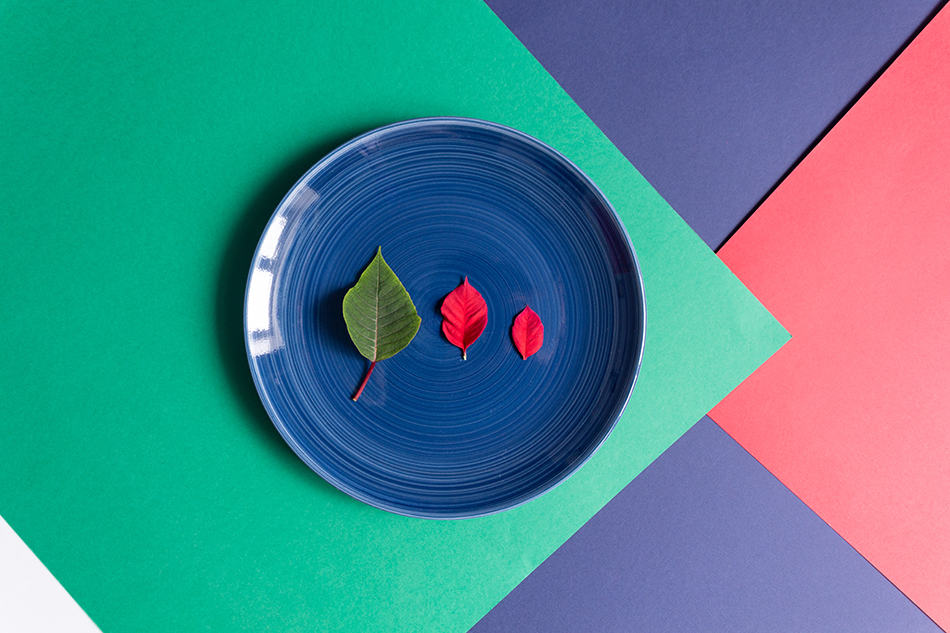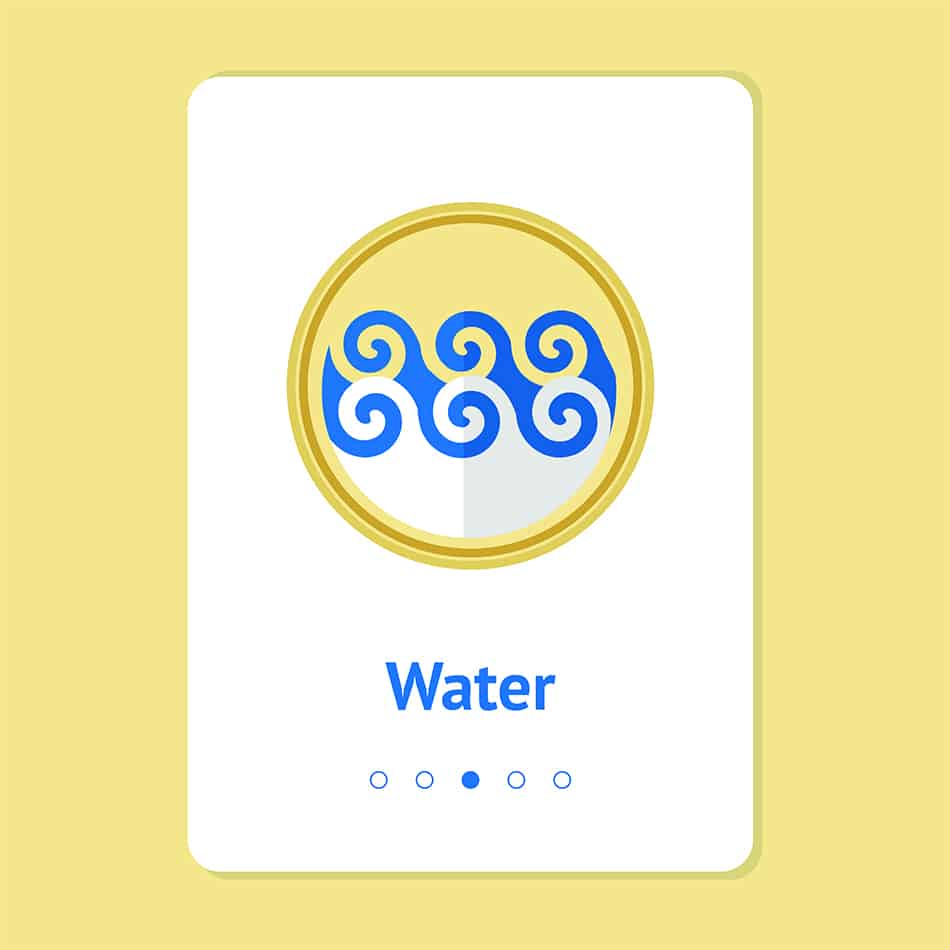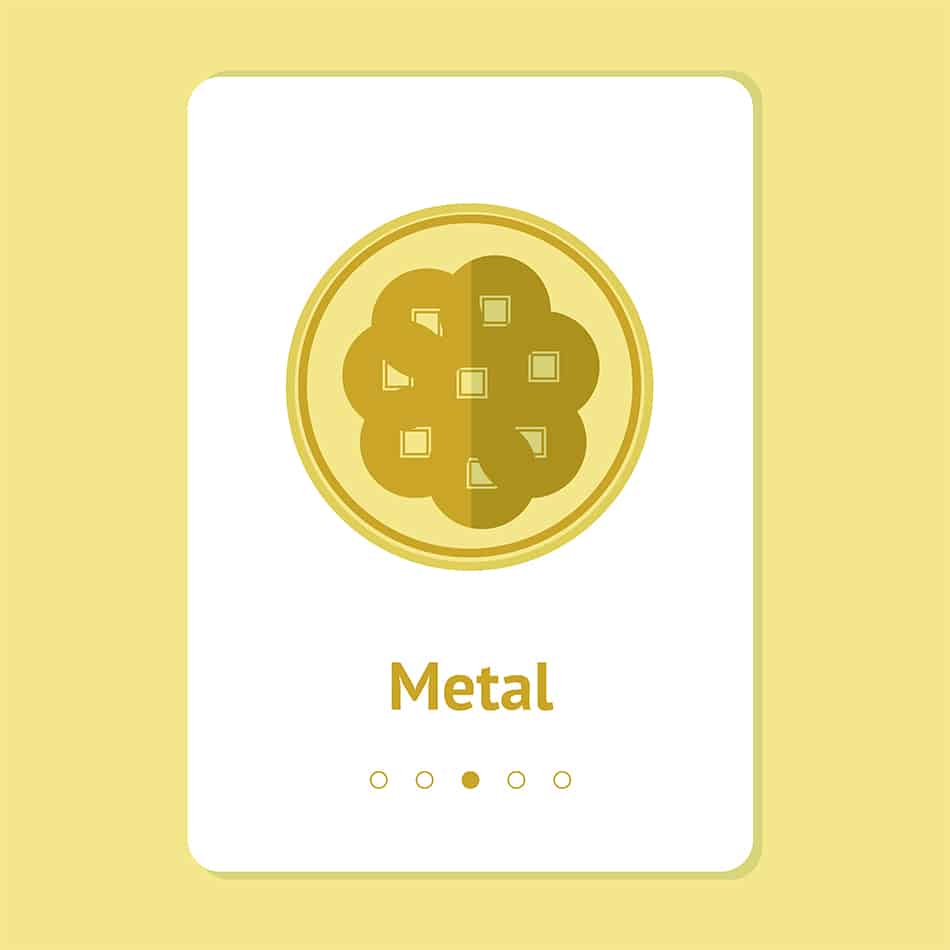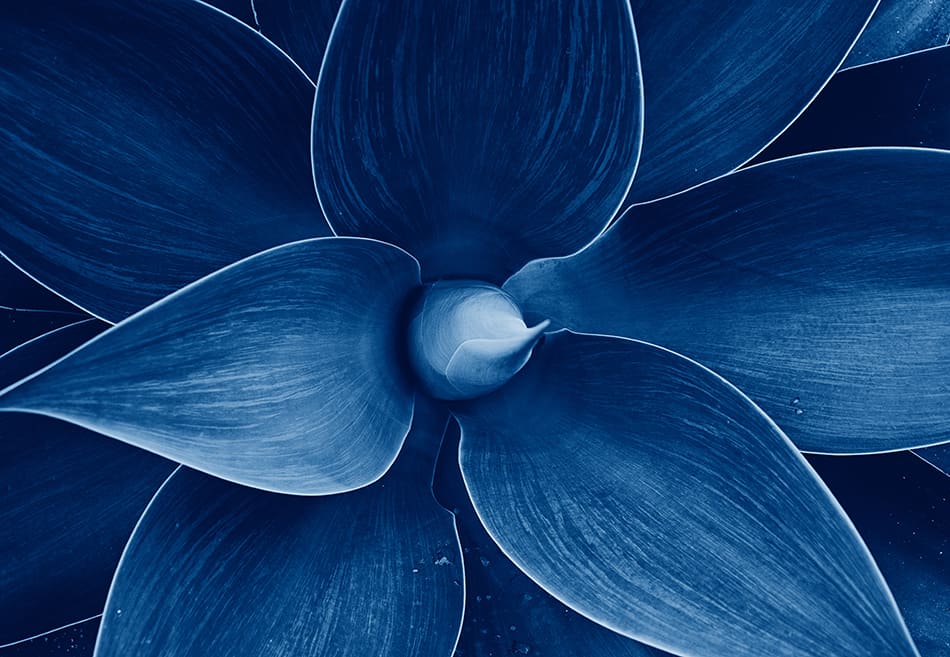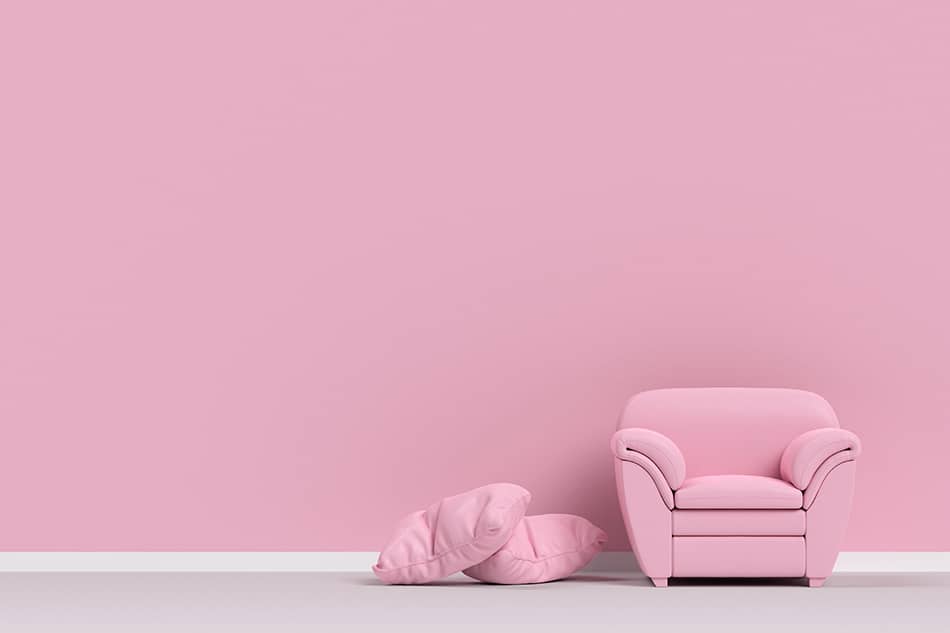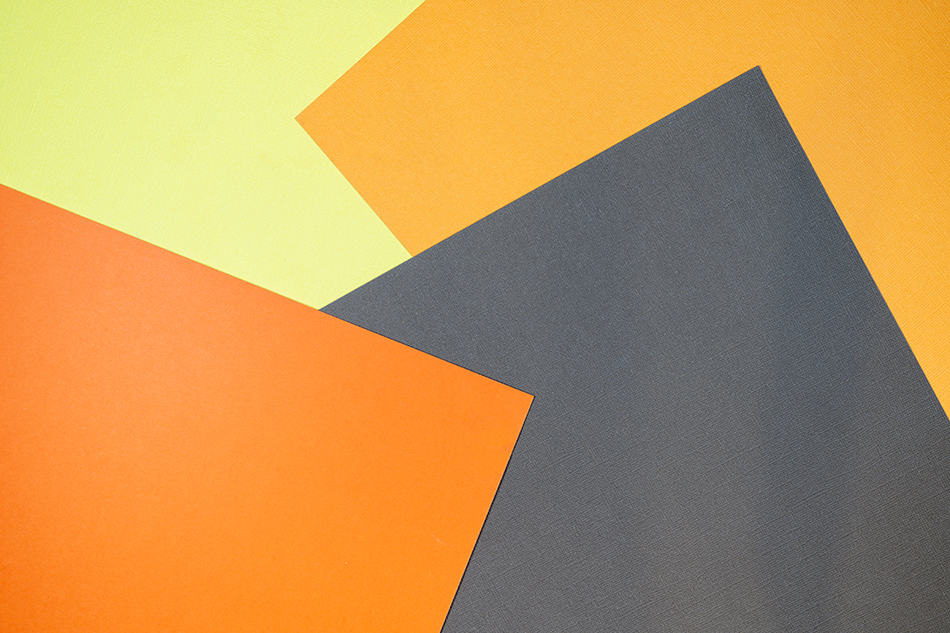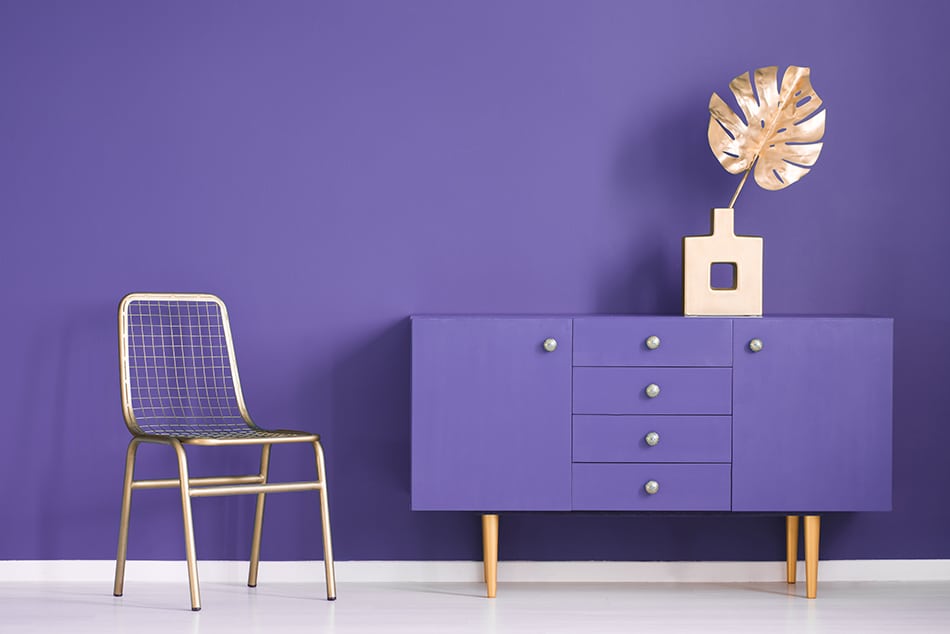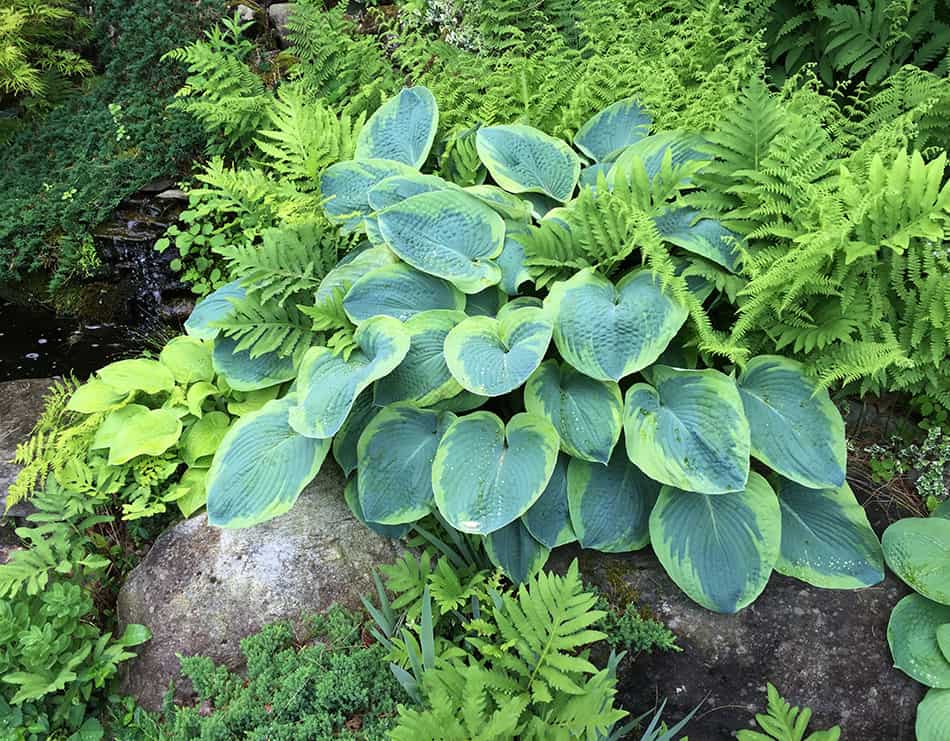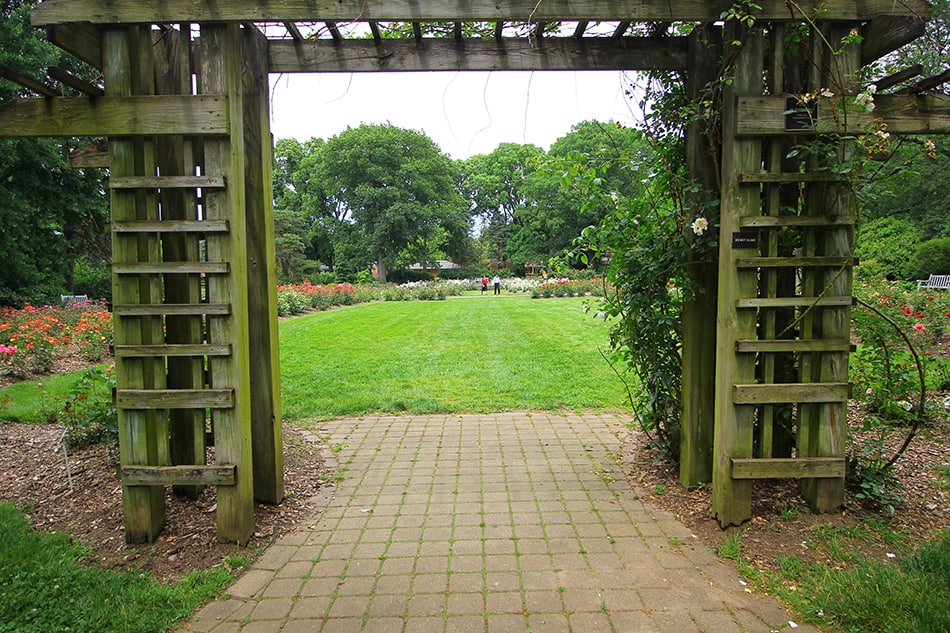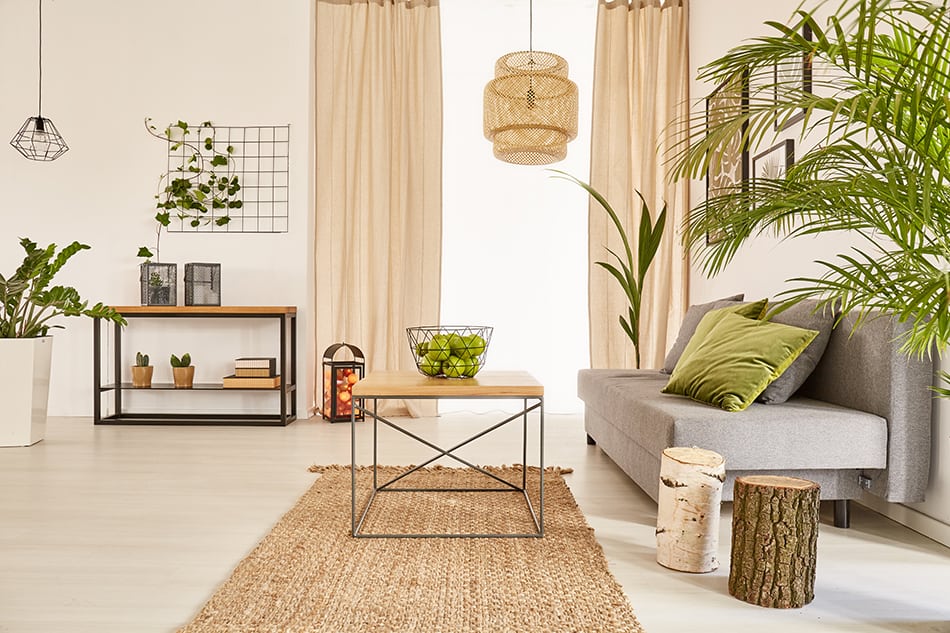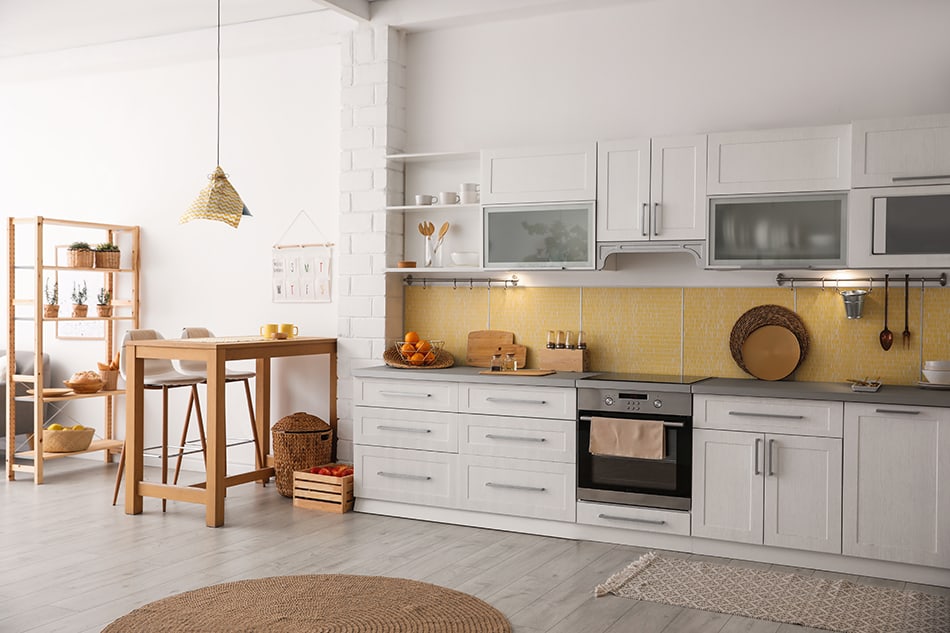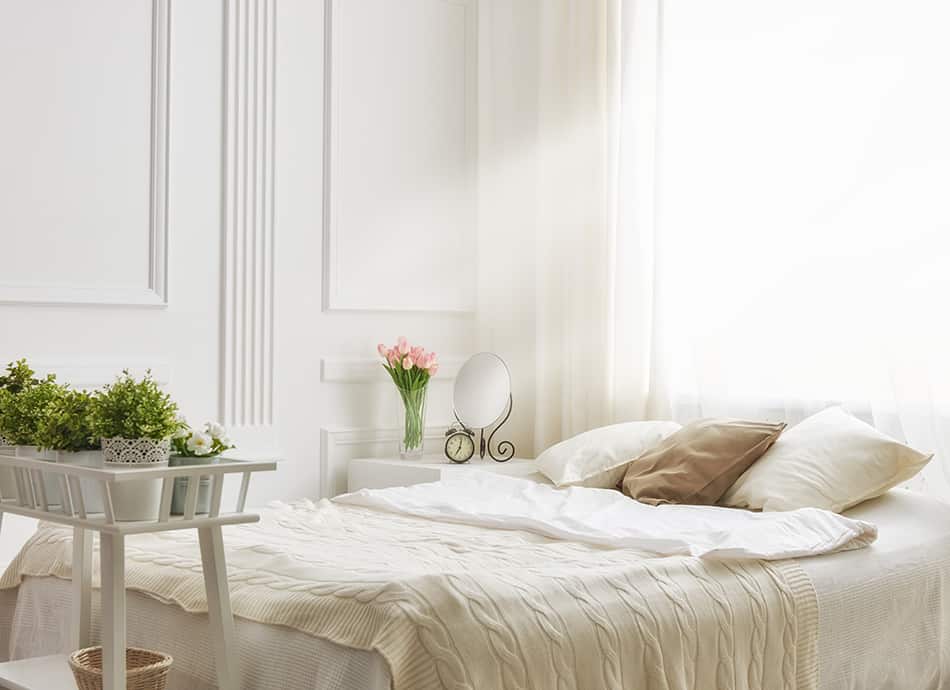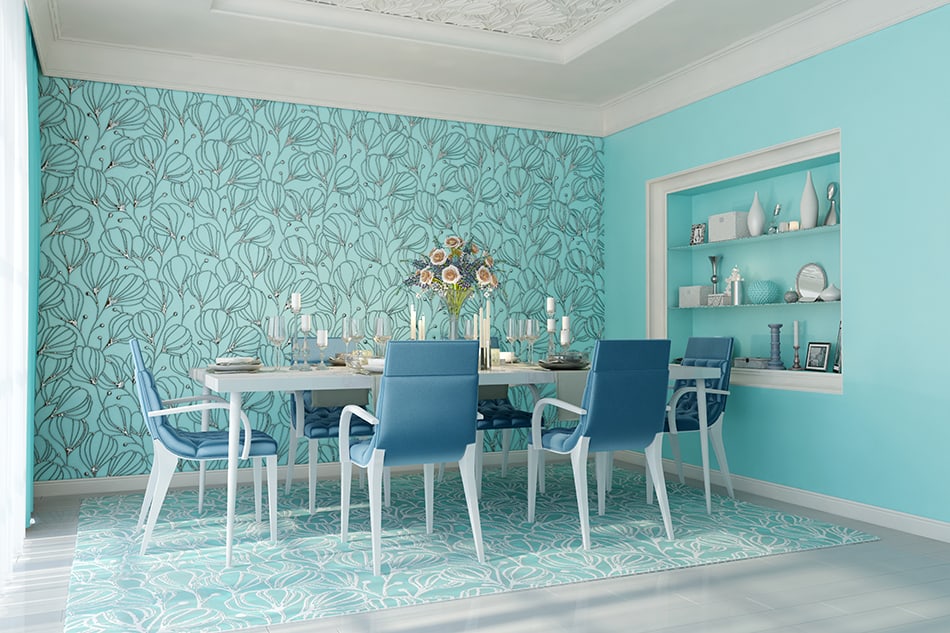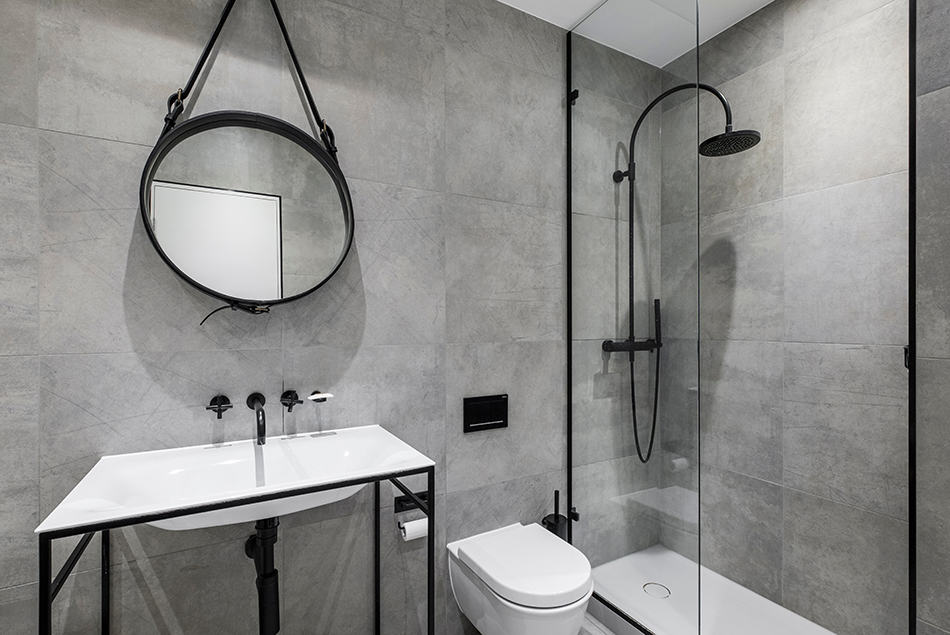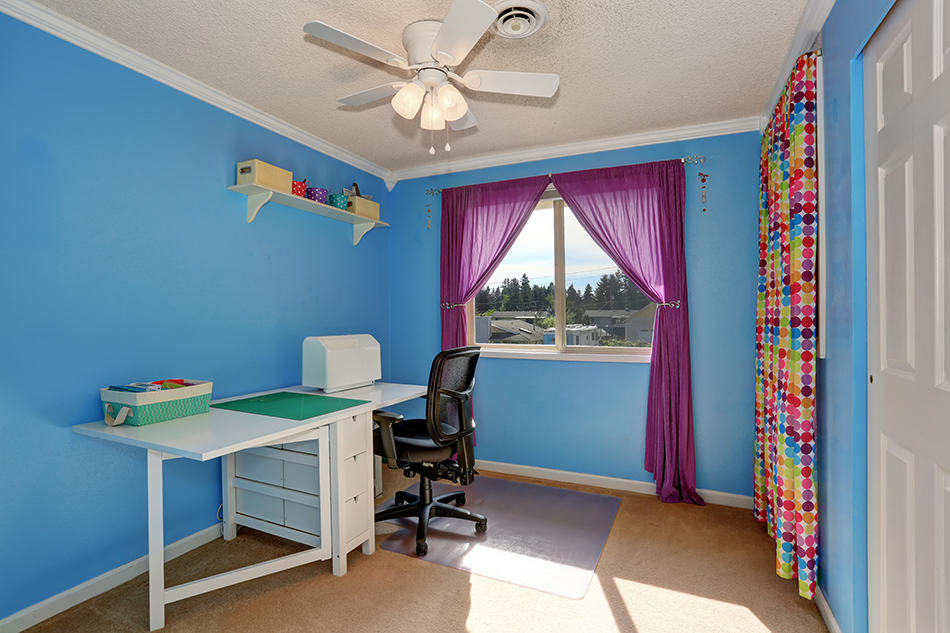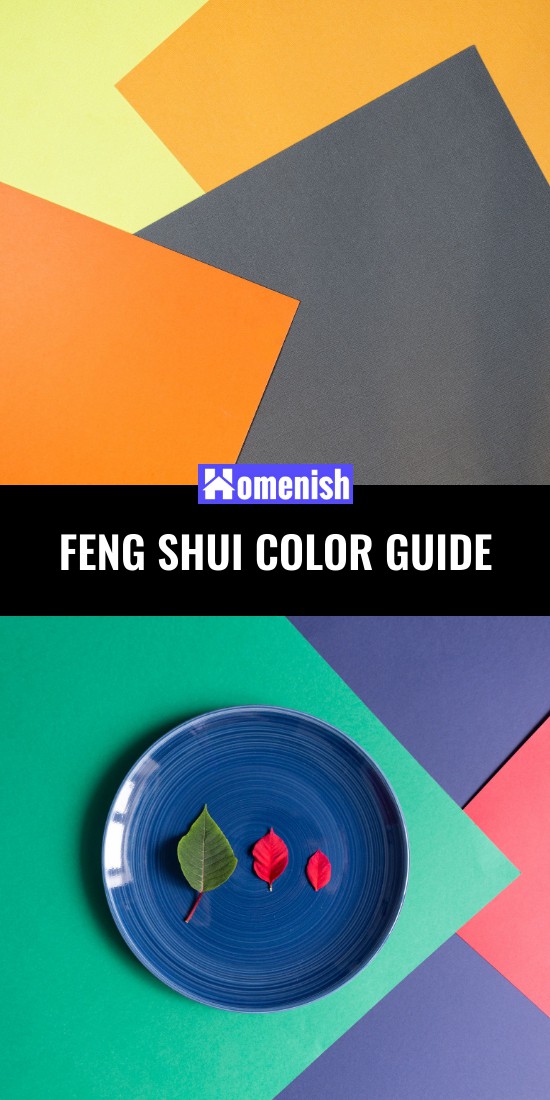Colors are one of the most powerful ways of affecting the way we feel. They can bring positivity, and balance, or even create negativity in our homes.
If we use the right colors in our interiors, we can start changing our energy with the help of Feng Shui. According to this Chinese philosophy, the colors you choose for different rooms of your home will have an impact on your energy and focus. Every color in Feng Shui plays a role in either promoting clarity or disrupting the flow of energy.
In this Feng Shui color guide, we’ll walk you through different colors and their meaning so you can select the right colors for all the different rooms of your home.
What is Feng Shui?
The Chinese word Feng translates as wind and Shui means water. Feng Shui is the art of arranging spaces, objects, life, and buildings to achieve balance. The idea that the energy of an object or space can influence one’s life and mood is expressed by Feng Shui, an ancient Chinese philosophy.
Even if you’re not a believer of holistic philosophies like Feng Shui, you’ll often find hospital rooms that are painted blue or surgeons wearing green. The color of objects, rooms or accessories around you can have a measurable impact on your way of thinking and health. And all this is scientifically proven!
To make sure you’re creating the right ambiance in your own home, consider incorporating the Feng Shui color scheme into your room’s decoration. With that in mind, let’s take a closer look at the 5 Feng Shui elements and guide to corresponding colors.
5 Elements of Feng Shui and Their Corresponding Colors
Fire Element
The fire element of Feng Shui brings positive energy, passion, enthusiasm and excitement in your home. However, using too much of this element will encourage aggression since fire is a strong element so it’s best used as a secondary element only.
Corresponding colors of fire element: orange, bold yellow, pink, red and purple.
Water Element
The water element represents purity, calmness and freshness. It is the symbol of wealth, which is why mirrors are often seen in most interiors. This element also unites families and encourages harmonious relationships.
Corresponding colors of water element: Black, blue.
Wood Element
The Feng Shui wood element has healing powers and provides abundance. This element brings chi, which is good energy and often associated with financial prosperity and personal growth.
Corresponding colors of wood element: Green, brown.
Metal Element
The Feng Shui metal element represents efficiency, calmness and clarity. When used in a balanced manner in your home, it will promote clear thinking while minimizing distractions. This element is, therefore, ideal for the study room.
Corresponding colors of metal element: White, grey.
Earth Element
The earth element of Feng Shui represents better health, nourishment and stability in relationships. The use of this element in your home helps maintain your health and inner peace.
Corresponding colors of earth element: sandy colors like beige and light yellow.
Now that we’ve learned about the 5 elements of Feng Shui, here is a breakdown of all the common Feng Shui colors and their meaning:
Feng Shui Color Guide
Dark Blue
Dark blue hues like navy are connected to skillfully and self-knowledge. This color is associated with the night sky and promotes calm and serenity. When used in a room, the color helps you gain understanding and knowledge.
Black
The color black evokes wisdom. It is an inclusive color, hence the reason you get the color black when mixing all the rainbow colors together. This color is related to the Feng Shui water element as a vast and deep shade that provides life. When used wisely and sparingly, black can bring more wisdom to your home and add depth. It can be used anywhere from the front door to the kitchen and living room.
Pink
Pink is a feminite color that invites energy and partnerships. This is a great color to add to your home if you’re looking for a relationship. Pink is, after all, the universal color of love and is used to tone down energetic behaviors.
In Feng Shui, pink is the most versatile color that can be used in any corner of the house, from the front door to the bedroom.
Red
One of the most powerful colors in Feng Shui is red. It can be used to invite good health, luck and prosperity. This color is related to the fire element of passion and energy. A little red goes a long way so don’t be hesitant in adding this color in your home for revitalization.
Yellow, Orange and Brown
Earthy colors like yellow, brown and orange are ideal for those who need a little nurturing. These colors are associated with Mother Nature and can enrich our soul just as soil provides nourishment for trees and plants. These earthy colors can be used throughout all the rooms of the house to transform your spaces and promote fertility.
Purple and Violet
A combination of fiery purple and violet hues are connected to chakra. In Feng shui, however, these rich colors invite wealth, royalty and abundance. For healing or meditation purposes, the best way to use these colors is in the form of upholstery, art pieces and decorative pillows rather than as wall colors. That said, some people prefer to have a purple front door to optimize good energy and fortune. Purple is the only color in Feng Shui that can be used anywhere, no matter what direction your home is facing.
White
All shades of white symbolize purity in Feng Shui. White is a metal element that inspires clarity and cleansing. This color is highly recommended for kitchens alongside the vibrant colors of fresh fruits. But as with most things, there must be a balance. Using too much white can be too yin or bland.
Blue and Green Hues
Blues and greens are hues that inspire growth, healing, and new beginnings.
Greens are closely related to nature and trees, while blues connect us to the expansive sky and the sea. According to the water element of Feng Shui, you can use blue freely in your home, from the bedroom walls or ceiling to the bathroom.
Grey
Grey is the element of metal in Feng Shui and is generally considered as a calm and peaceful color that lacks passion and energy. It is generally recommended to use white and grey together to promote inner peace.
Feng Shui Colors for Different Rooms
Is your home due for a makeover? Then consider adding Feng Shui colors to bring each of your rooms back to life. If you’re unsure which colors are the best choice for your rooms, take a look at the following Feng Shui color guide for different rooms of the house:
Feng Shui Entryway Colors
Your home’s entry is extremely important in Feng Shui as this is the place where energy enters into your space. The foyer or entryway is called the mouth of qi, which is the entry to the world. This room is the first place that you and your guests step into so it must make a good first impression.
The most recommended colors for an entryway are light blues and greens as they represent new beginnings, pink for energy, and metal elements of light greys and whites for clarity and joy.
Feng Shui Living Room Colors
Earth and wood elements work best in living rooms as they encourage nourishment and support, which are qualities that you need in a shared room. Earthy browns, yellows and neutral colors, such as beige and white work well in this room as they create a soothing ambiance for your family.
Colors to avoid: black and dark blue shouldn’t be used in the living room as they have too much yin energy that can create an imbalance. Red is the other color that shouldn’t be used in excess as it can cause anger and outbursts.
Feng Shui Kitchen Colors
The kitchen is the heart of every home. In Feng Shui, this room represents wealth and abundance. The best color is white for purity and cleanliness. This neutral color allows other bright colors like yellows and greens to show their true character. White is a metal element and when used in the kitchen, it can balance the chi. Wood is another great element to introduce to this room so consider introducing greens and browns for better health and family life balance.
Colors to avoid: grey, black and red. A red kitchen may be prone to temper outbursts while a grey kitchen can be seen as too bland.
Feng Shui Bedroom Colors
The bedroom is the focus of rest and self-renewal. And since this is the room where we spend most of our time, it must affect our mood in a positive way. The color of your bedroom will depend on your personal preference, age and whether it’s a master bedroom or not.
This is the space where you rejuvenate, therefore, consider using metal element colors. These colors can be further enhanced by the Feng Shui earth element. Metal offers calmness and clarity, while earth brings stability and nourishment. Both of these elements are represented by neutral and earthy colors like white and beige, which work perfectly together.
Colors to avoid: for master bedrooms, don’t choose excessively dark colors as they prevent proper rest and create a feeling of negativity. Married couples should avoid using strong orange to excess as it can lead to arguments.
Pink will work best for master bedrooms, especially if fire and metal elements are used in conjunction. Red or pink sheets or bedding ensure a passionate relationship. Red, black and white bedding is especially appropriate for the bedroom.
For children’s bedrooms, green is the best color to use as it creates calmness and peace while encouraging knowledge and learning. Check out our post on how to Feng Shui your bedroom for more tips to maximize the bedrooms for the best feng shui effects.
Feng Shui Dining Room Colors
For those who are lucky enough to have a dining room to eat and entertain their family and guests, the colors pinks, greens and blues encourage conversation and increase appetite. This is why many restaurants have green decorations to stimulate the palate.
Colors to avoid: whites and blacks as they encourage weight loss.
Feng Shui Bathroom Colors
The best bathroom colors are light greens, light blues, white and pink. A combination of water elements like black and grey will also work very well in the bathroom.
Alternatively, you may use white with bright accents to liven up the space. Just keep in mind that the bathroom is the first room you visit in the morning, so it’s considered the fourth most important area in Feng Shui after the kitchen, master bedroom, and entryway.
Colors from the wood and metal elements such as light brown and white give a spa-like feel and promote clarity. These practical colors will brighten up small bathrooms and are easy to maintain.
Colors to avoid: since water has a strong presence in the bathroom, it’s best not to go overboard with water elements like blue. Too much blue, especially if it’s a dark shade, can be a deterrent and affect your decision-making emotions.
Feng Shui Study Room Colors
The study or home office is an area that represents your prosperity. The water element of Feng Shui is most recommended for such rooms. Water and metal element colors like white and blue are a symbol of wealth and clarity. Pick light shades of blue so as not to get distracted.
Colors to avoid: avoid strong colors from the Feng Shui fire element as they distract your thinking process.
Final Thoughts
You should by now have a better understanding of the basic Feng Shui color guide to help you create a happier home. Just like music, colors are uplifting and can bring positive vibes when used correctly.
The more harmonious your colors are, the higher your sense of well-being will be, so don’t be afraid to introduce some vibrant colors to your rooms by following our guide.
